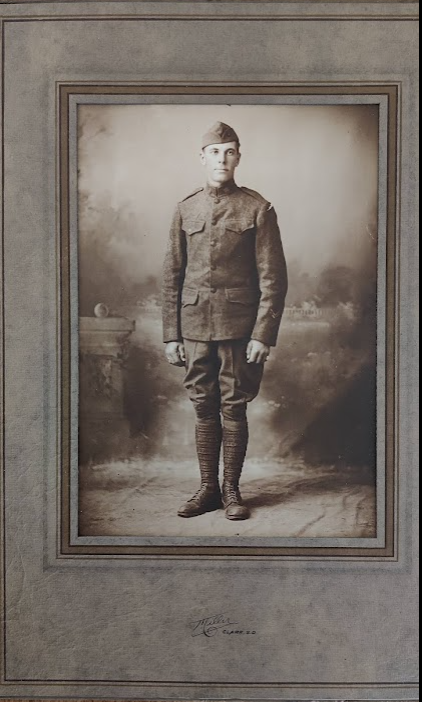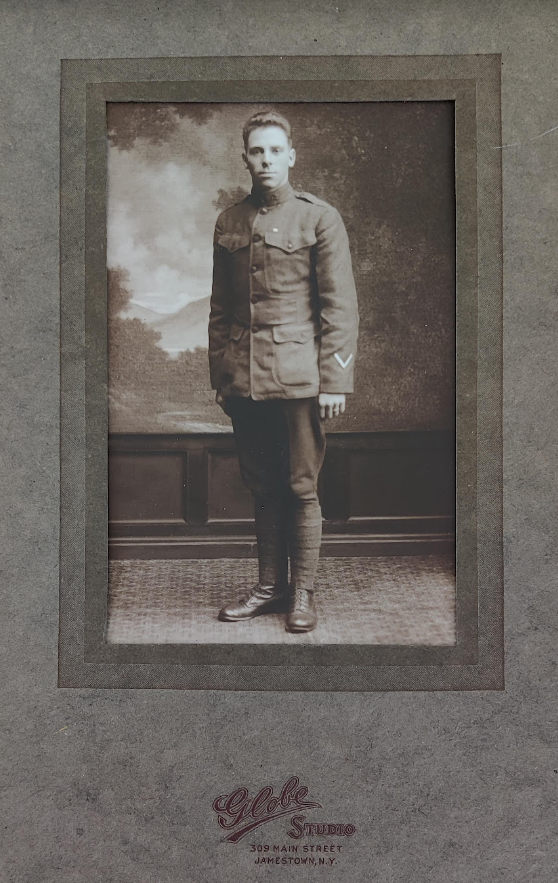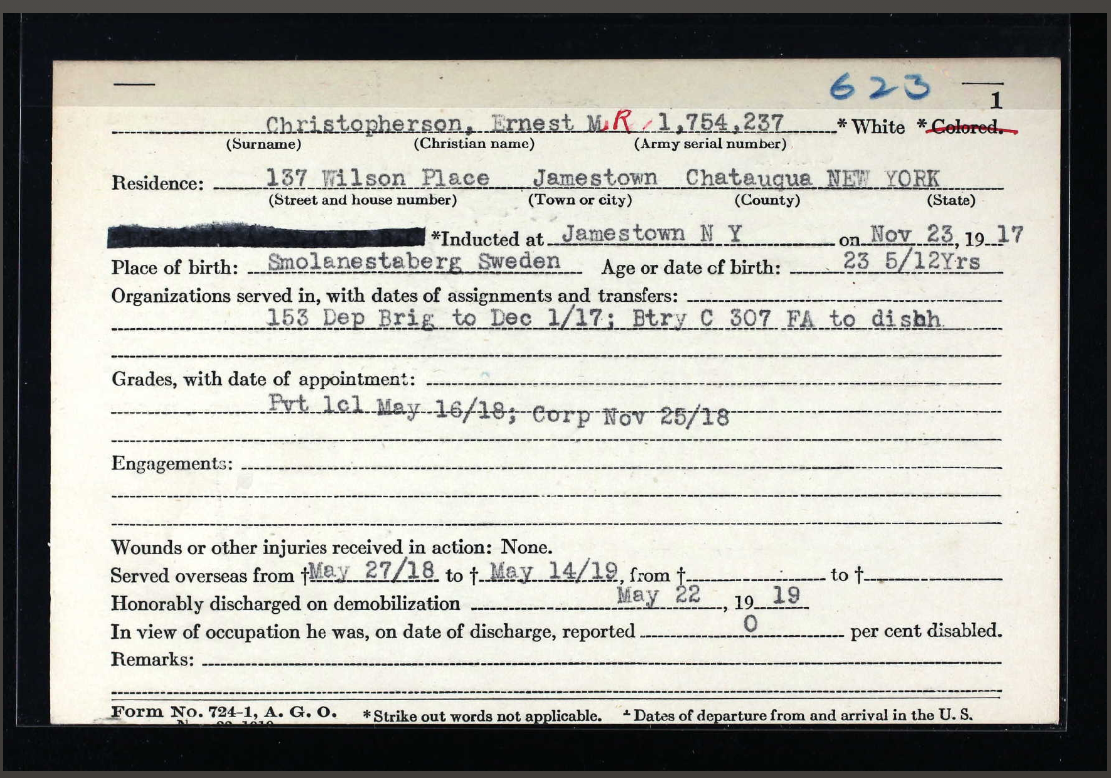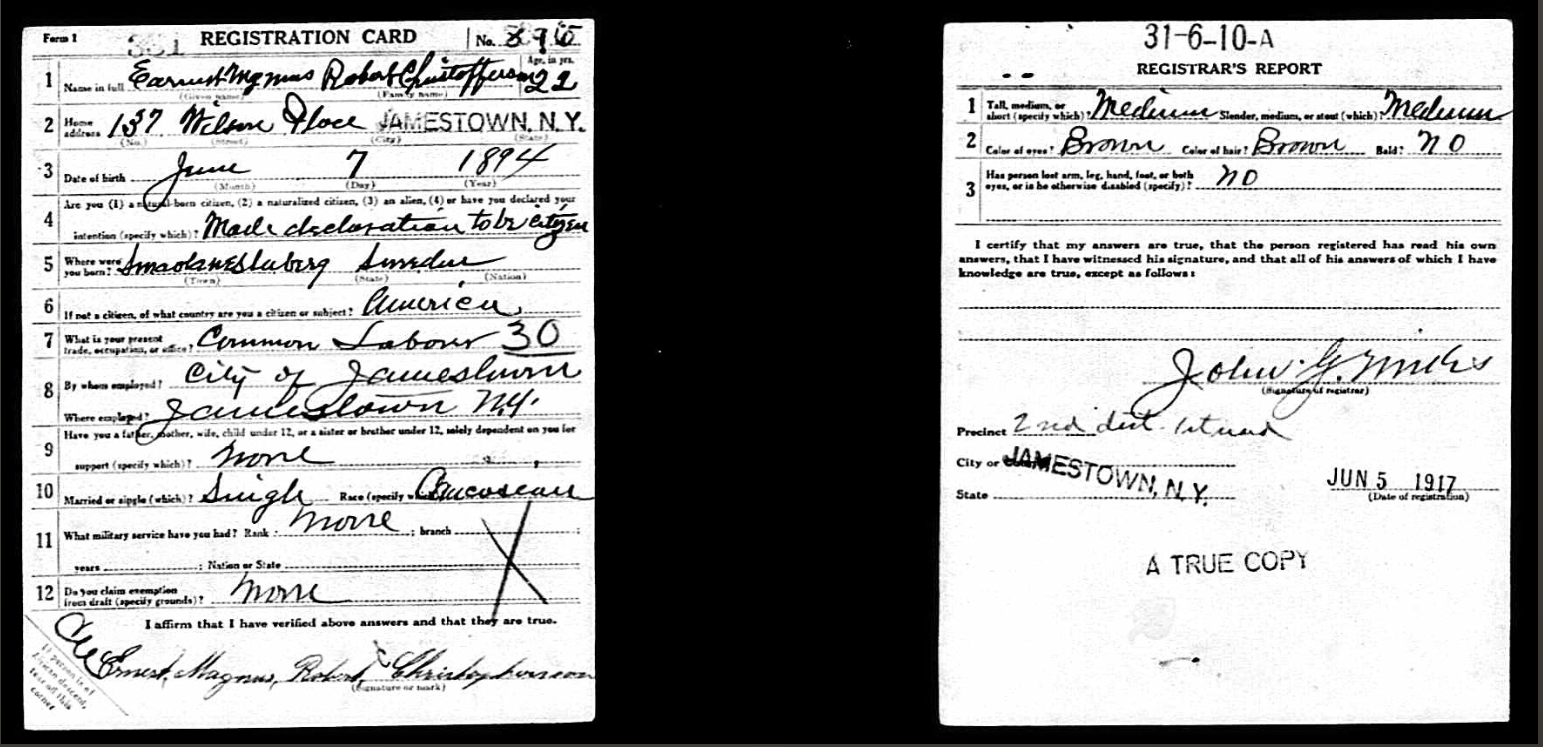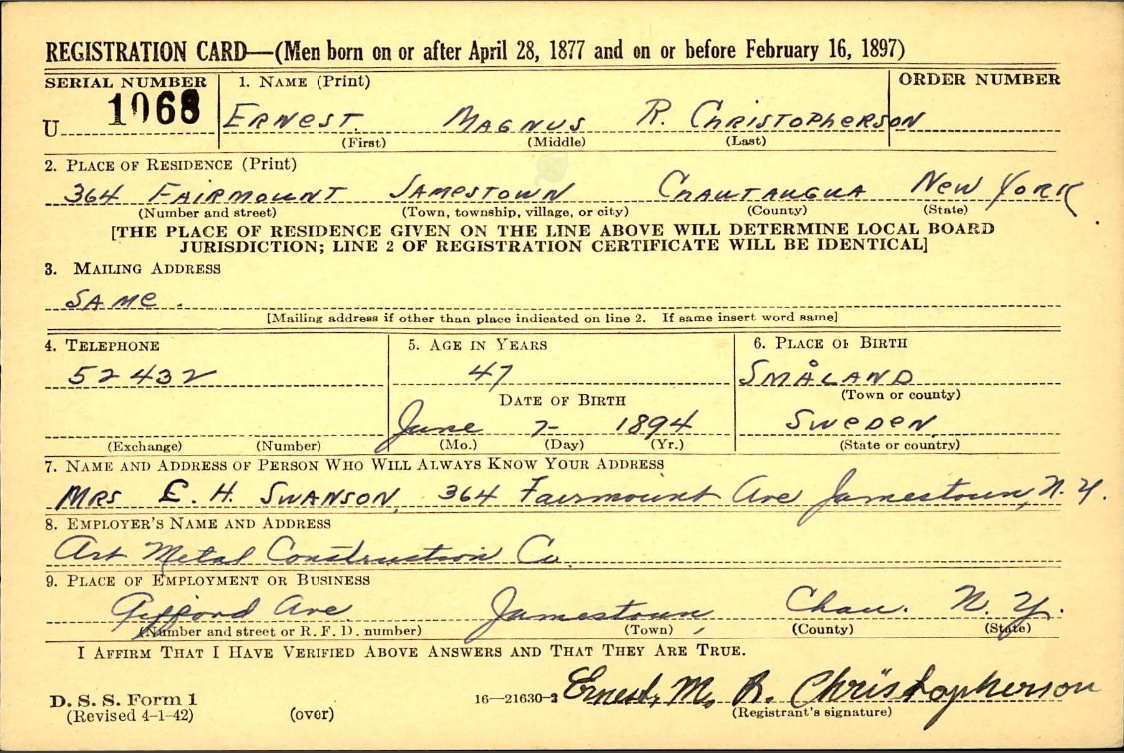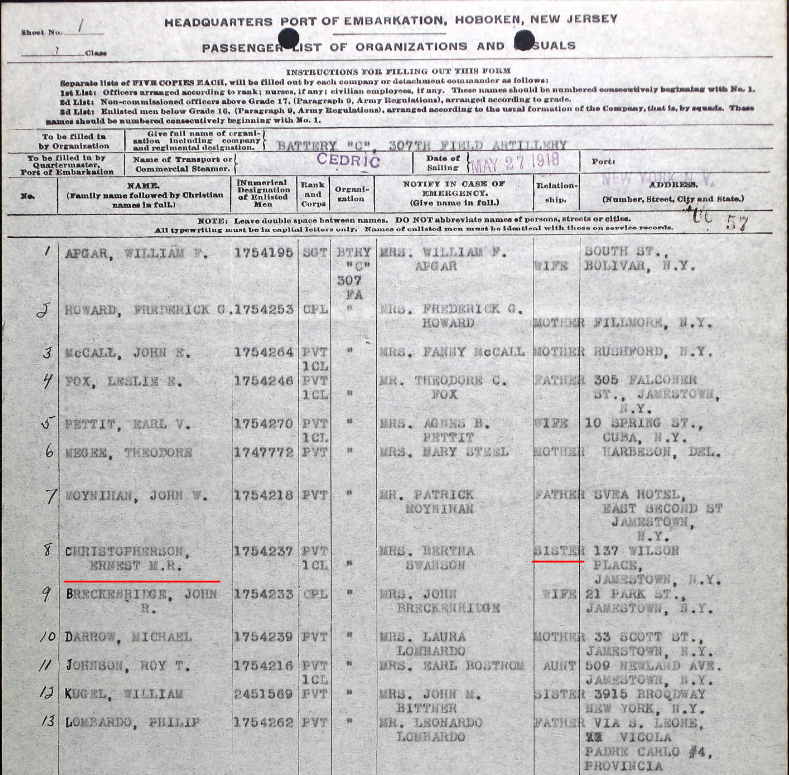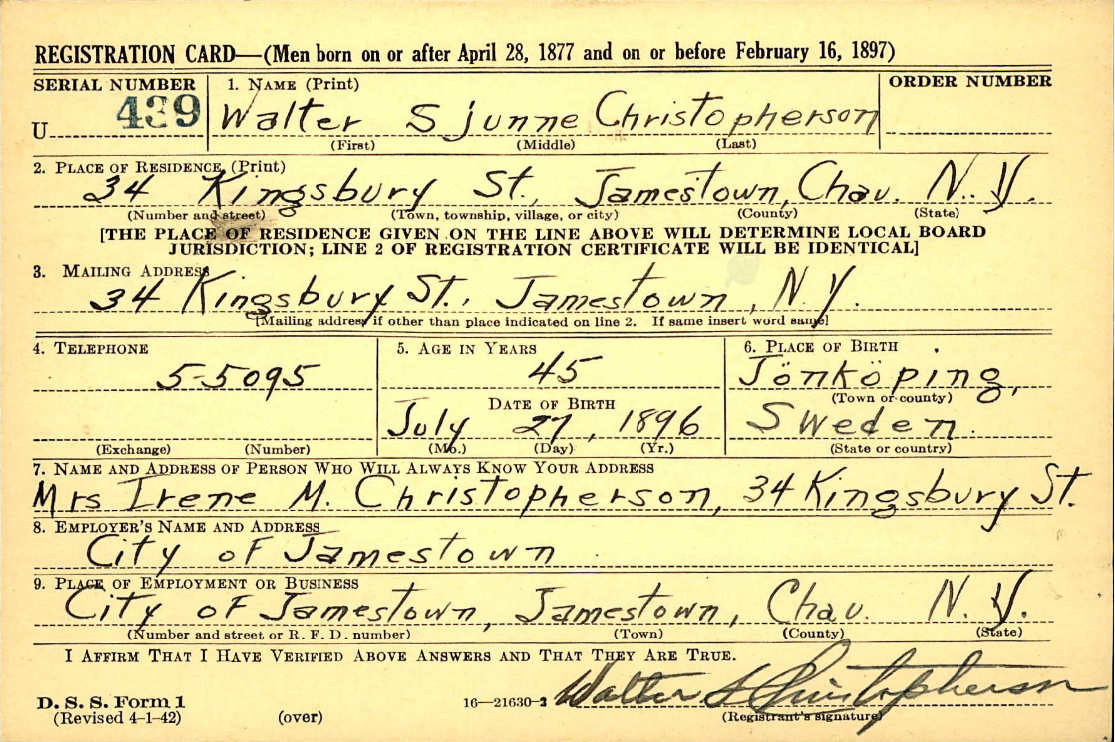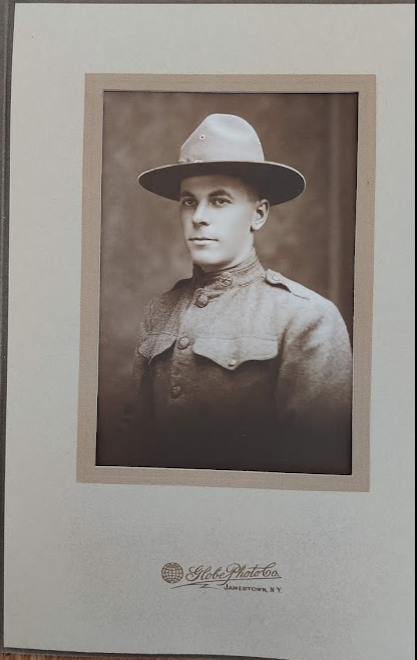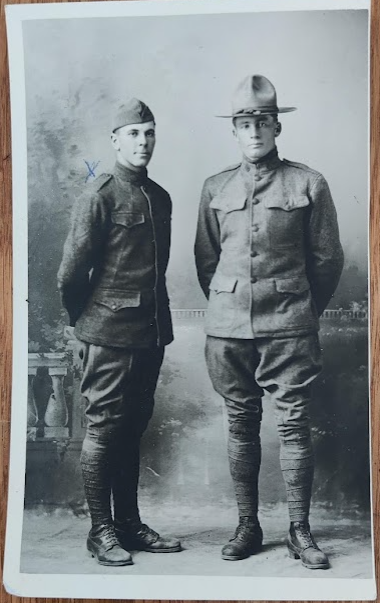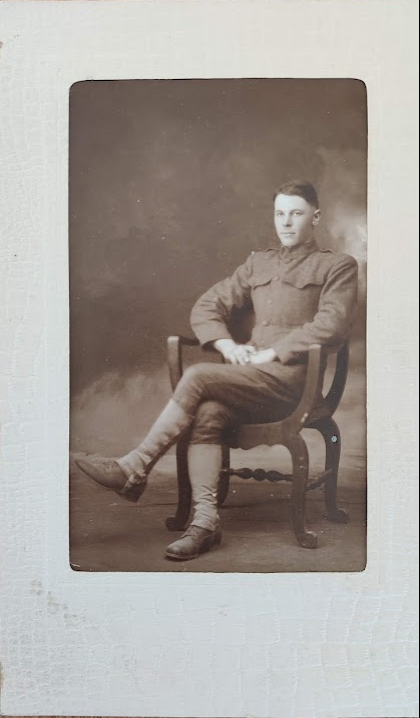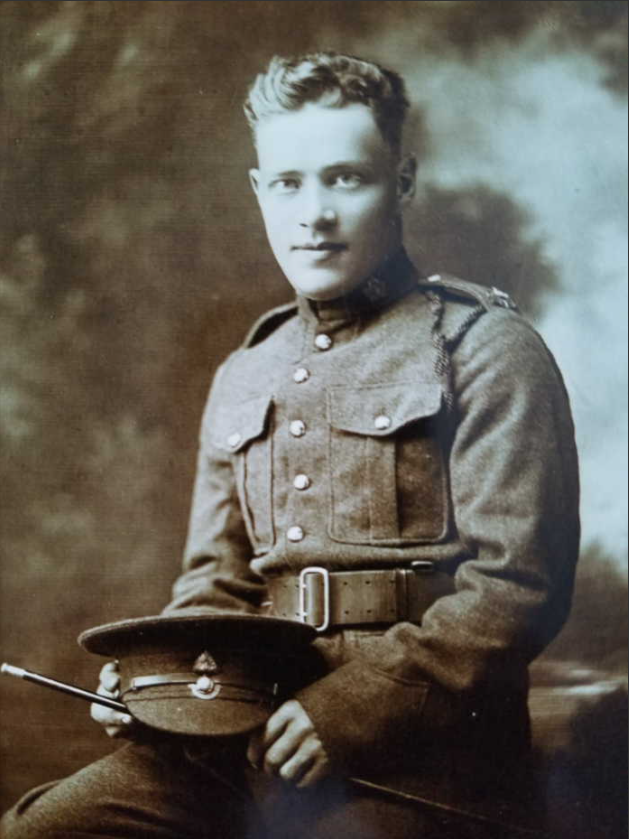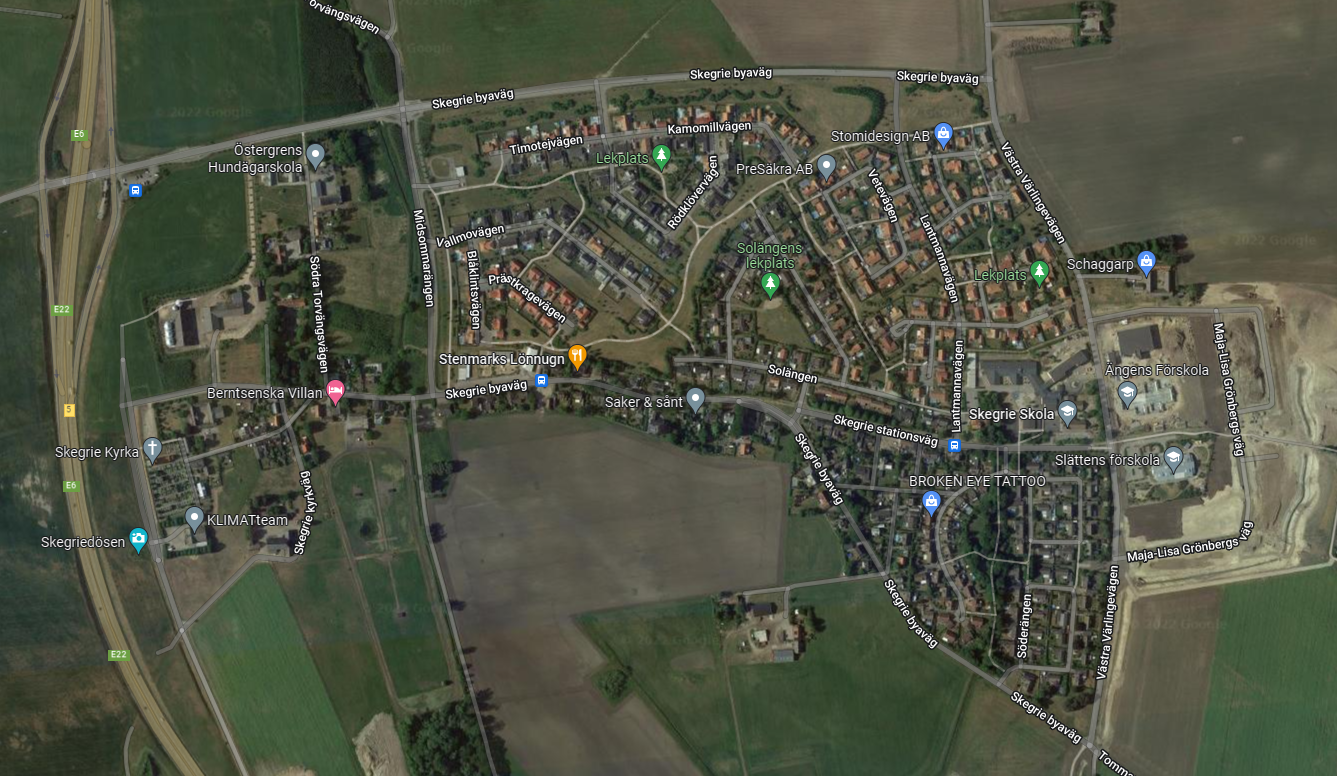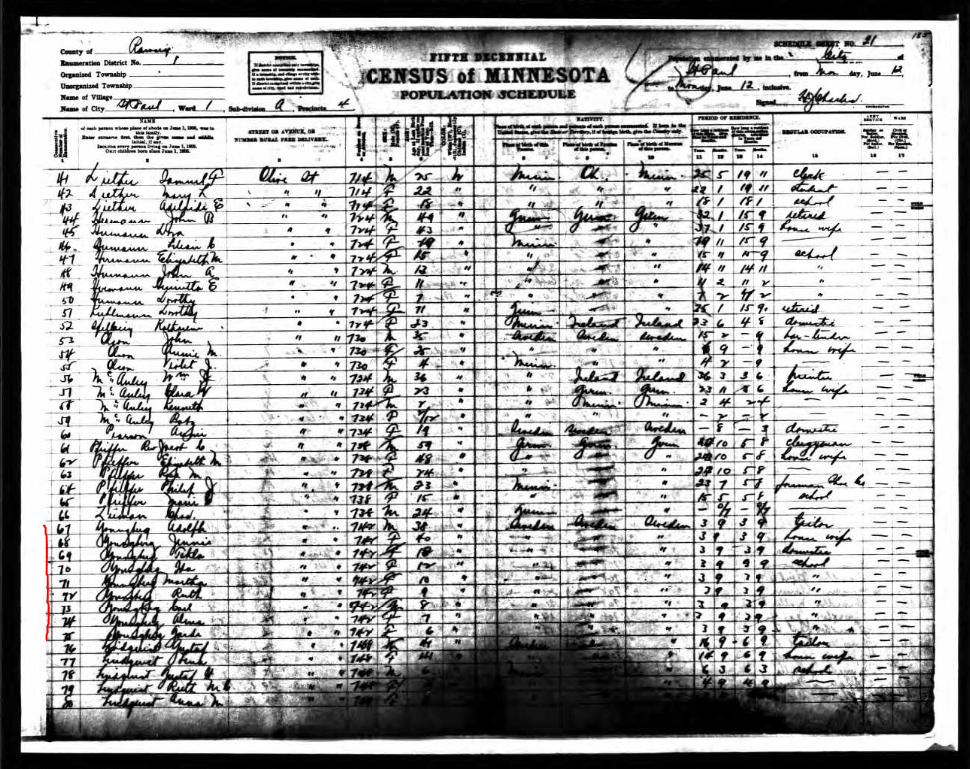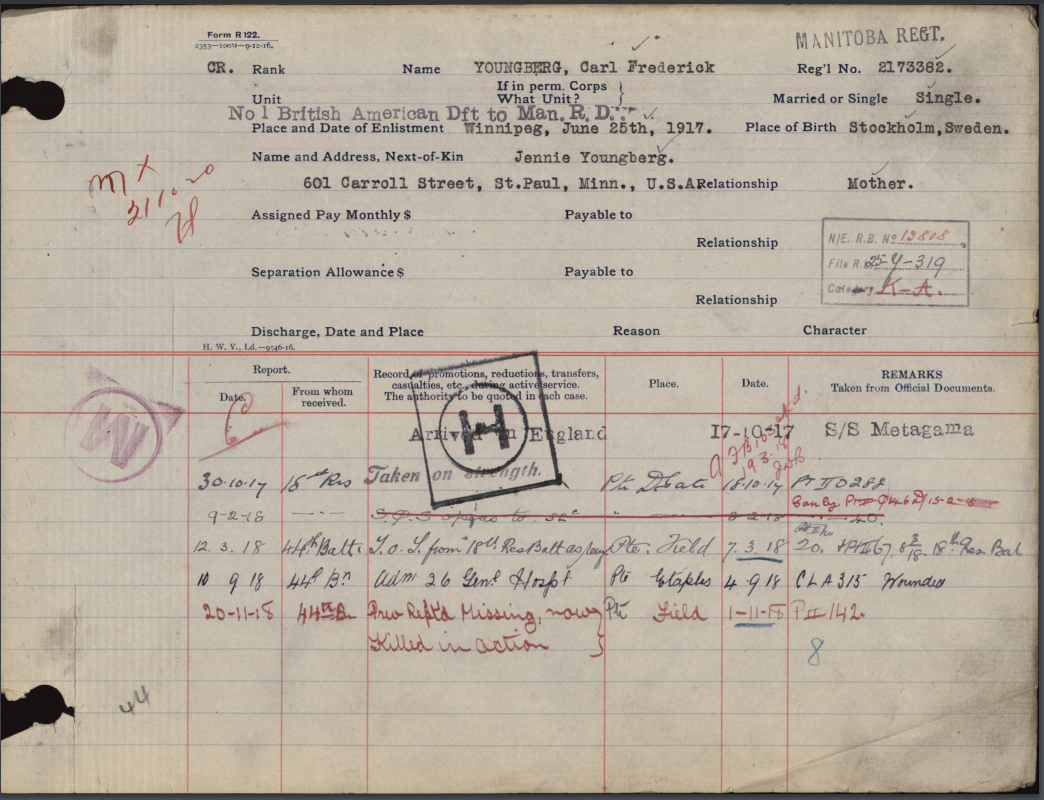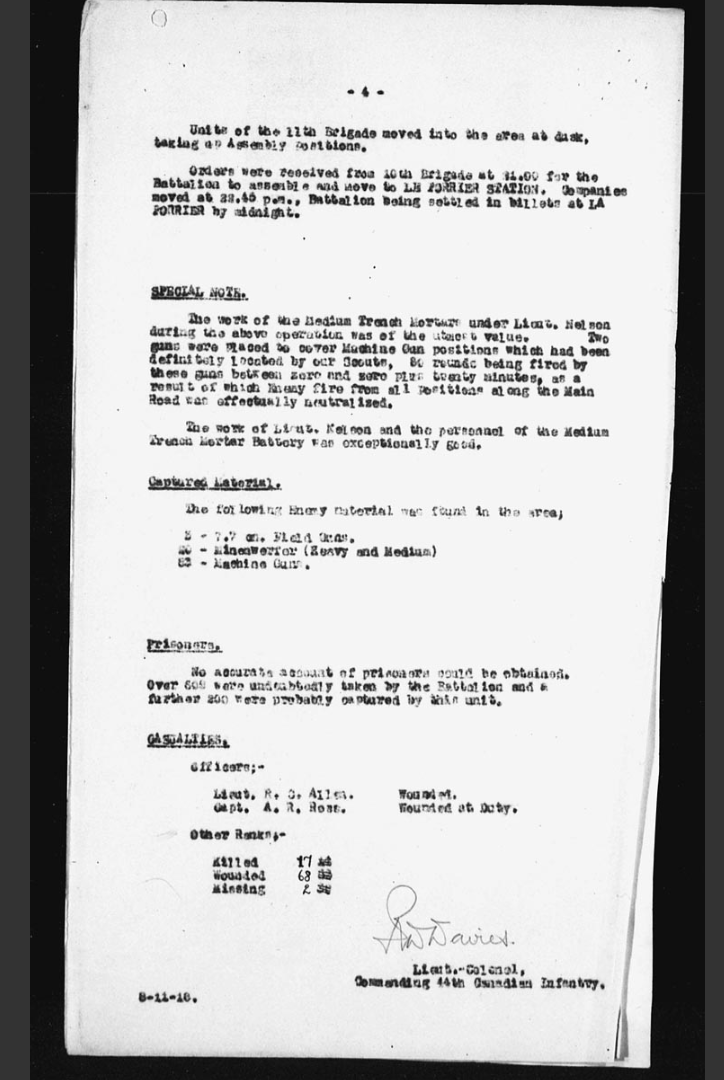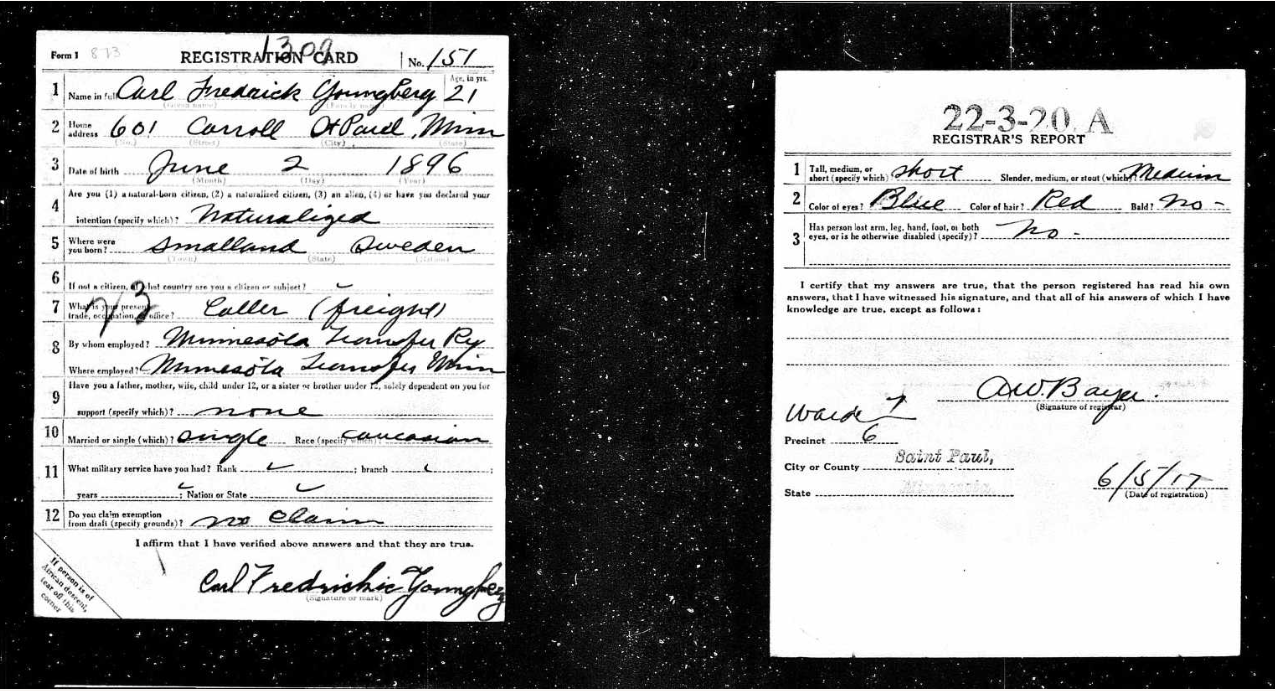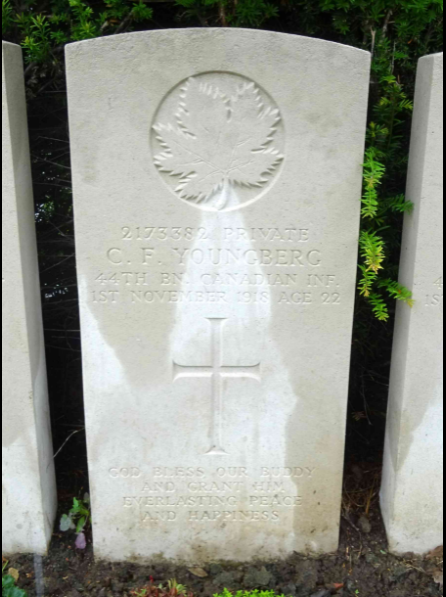For my Swedish visitors!
Nu är det på gång! I mitt samarbete med resebyrån Historic Travel så har vi härmed planerat in en resa till slagfälten i Belgien och Frankrike där vi besöker de platser som de svenska soldaterna stred och föll i det första världskriget. Resan kommer beröra en del av de soldater som jag följer upp i mitt projekt som ni kan läsa mer om på denna sida.
Nedan så kan ni läsa den information som skickats ut till de som följer Historic Travel nyhetsbrev.

“Svenskar på Västfronten 31/3-3/4 2023
Denna resa blir den mest gripande resa som jag har genomfört och kommer att bli känslosam för dig som följer med. Den behandlar svenskar som utvandrade till Kanada och andra delar av engelska samväldet och stupade i Första Världskriget på Europas slagfält.
Joacim Hallberg, officer på Göta Ingenjörregemente i Eksjö, har under flera års tid forskat i detta ämne i olika arkiv och kyrkböcker samt besökt gravplatser och slagfälten. Han blir vår guide på resan och personligen ser jag oerhört mycket fram mot detta. Han har valt ut några av dessa människoöden där familjebakgrund, emigration, värvning, förbandstillhörighet, striden och plats där han stupade samt graven på krigskyrkogården besöks.
Denna resa är ett “absolut måste” för dig som är intresserad av Första Världskriget.
Vi besöker platser i Belgien och Norra Frankrike enligt utkastet bifogat i detta mail.
För detaljer och pris se längst ned på sidan.
En av de soldater som vi kommer att höra och se mer om är Bertil Lindh.
Bertil Albert LindhFödd 31 december 1891 i Hedvig Eleonora församling, uppfostrad av sin Mor Hulda Mathilda Elfrida Borg och hans far Gustav Albert Carlsson Lindh. Bertil hade tre syskon. Enligt kyrkböckerna så är familjen registrerad inledningsvis i Stockholm, i Hedvig Eleonora församling, men även I Malmö, i kvarteret Judith. Därefter går det att utläsa att delar av familjen flyttar tillbaka till Stockholm, där Bertil registreras i Stockholms Sjömanskår under år 1913. Bertil är då 21 år, och det kan vara i Sjömanskåren som han gör sin militärtjänstgöring. Äldre digitaliserade tidningar nämner att han gick till sjöss tidigare, men 1913 är mer troligt.Bertil tar sig bedömt, i sin yrkesroll som sjöman, till Nordamerika strax efter sin militärtjänstgöring och registrerar sig för kanadensisk militärtjänstgöring i Bridgewater, Nova Scotia, på den kanadensiska östkusten, den 17 april 1915.
Han anger ingen adress i Kanada då han troligtvis registrerar sig direkt på rekryteringskontoret från sin sjömanstjänst, vilket var relativt vanligt om man jämför med andra svenska sjömän som sedan blev soldater. Vi vet idag ingen specifik anledning till att han anmäler sig för den kanadensiska armén, men mycket tyder på att han gjorde det frivilligt, då han inte var kanadensisk medborgare. Bertil lämnar Kanada, på skeppet S.S Caledonia, från Halifax, och anländer till England 29 augusti 1915.Bertil ansluter sig den 13:e Kanadensiska infanteribataljonen, The Royal Highlanders, den 4 september samma år, troligtvis i Belgien. Bataljonen tjänstgör sedan i Västra Flandern i Belgien, söder om staden Ieper (Ypres) i sydvästra Belgien.



Bataljonen strider i ett område som brigaden stridit i sedan februari-mars 1915 som kallas för ”The Bluff”, i området Palingbeek. Bertil stupar den 19 april 1916 i hårda strider mot tyska förband mellan skyttevärn nr 31 och 33, och begravs inledningsvis bakom skyttegrav 33, för att därefter flyttas till Hooge Crater cemetery ca 3 km norr hans ursprungliga begravningsplats.Bertil sörjs av sin familj hemma i Stockholm efter att dessa informerats av en brittisk befälhavare. Detta finns även noterat i kyrkböckerna i Johannes församling i Stockholm 1916.“
Det preliminära programmet ser ut enligt följande:
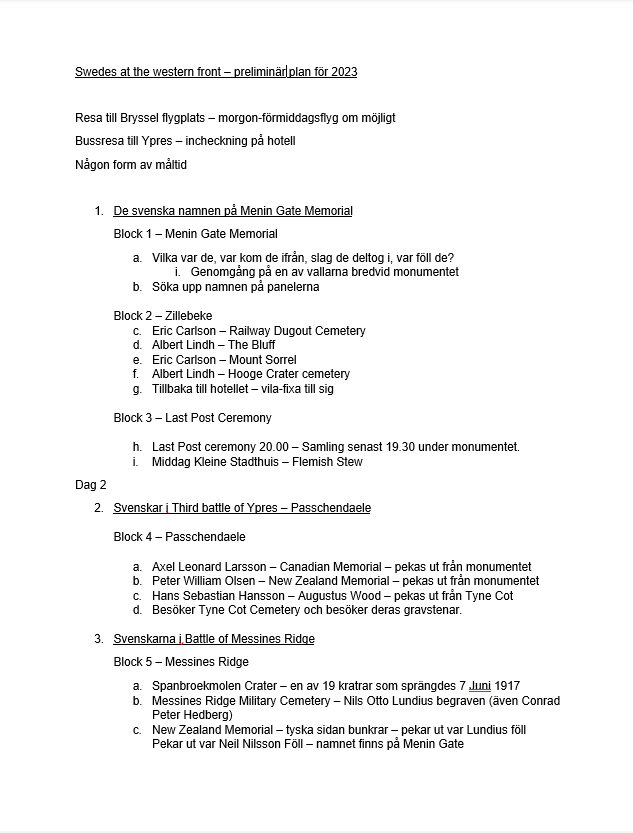
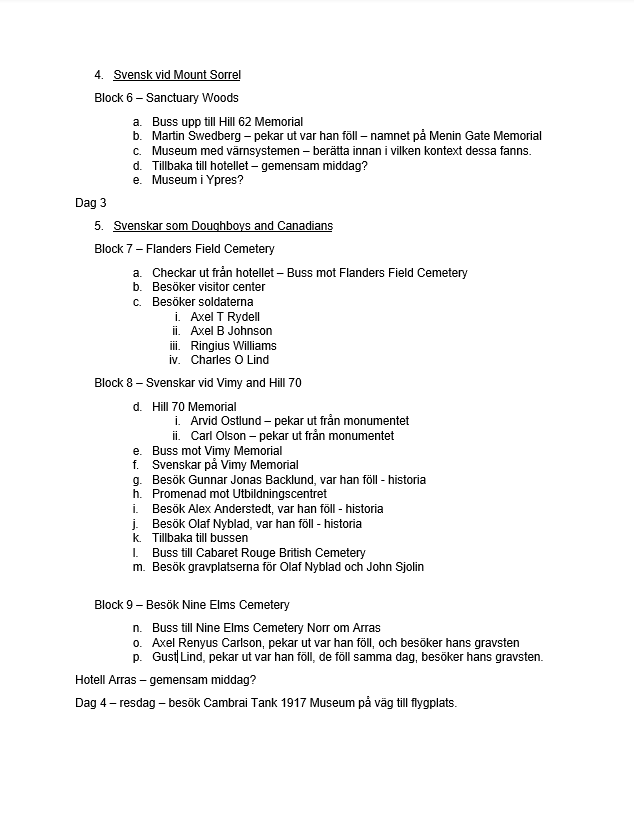
Normalpris: 8550:-
Erbjudande: 1000:- rabatt gäller till 30/4 (10 platser)
I priset ingår:
– Flyg ToR Arlanda, Landvetter, Kastrup- Bryssel
– Tre nätter på hotell inkl frukost med del i dubbelrum
– Alla transporter i Belgien och Frankrike (utom ev egna utflykter) – Guidning av Joacim Hallberg
– Två luncher/middagar
– Studiematerial
Önskar ni följa med? Anmäl er då till Jan Ågren Historic Travel via följande mailadress:
Välkomna och väl mött! /Joacim

